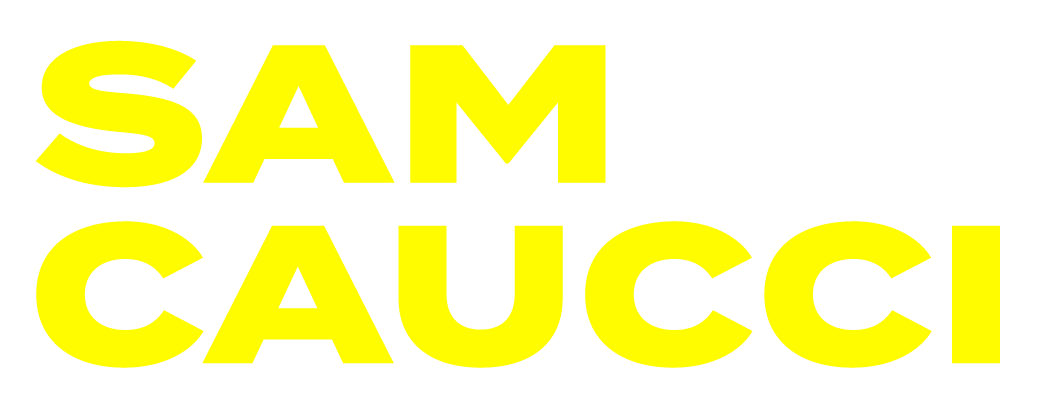If you’ve been paying attention to the new April jobs report, you’ve probably heard the hype. Virtually every story covering the report has emphatically claimed that “job growth boomed,” “payrolls soared,” and “report blows past expectations.”
However, these news stories don’t showcase the full picture of what’s happening in today’s workforce and job market. So 1Huddle has decided to roll out our own jobs report. Because while the Bureau of Labor Statistics (BLS) does a great job sourcing the latest jobs data, it’s difficult for the average person to break down and truly understand.
BLS doesn’t include commentary in their jobs report; we do. BLS doesn’t have a stake in ensuring that the jobs being added to our workforce are good-paying, sustainable, long-term jobs; we do. BLS doesn’t have a policy platform dedicated to raising every worker; we do.
So, here is 1Huddle’s first jobs report:
Employment Situation Summary
Transmission of material in this news release is embargoed until 8:30 a.m. (ET) Monday, April 12, 2021
THE EMPLOYMENT SITUATION — MARCH 2021
The 6% ‘unemployment rate’ paints a false picture of unemployment in America
According to the jobs report, America’s unemployment rate fell to 6%. However, there's a difference between ‘unemployed’ and true unemployment.
BLS only defines people as unemployed if “they do not have a job, have actively looked for work in the prior 4 weeks, and are currently available for work. Actively looking for work may consist of any of the following activities: contacting an employer directly or having a job interview.”
That means that anyone who doesn’t have a job but hasn’t actively “looked for work” in the past month isn’t counted in BLS’s unemployment rate. So if someone has been unemployed for six months or six years, but they aren’t considered to be actively looking for a job, then they aren’t factored into the unemployment rate.
So although the unemployment rate is technically 6%, the percentage of unemployed Americans is actually much larger. In fact, it’s more than double that. The true unemployment rate — of Americans who are able to work but who are not working — is now 13.6%.
Plus, a 6% unemployment rate doesn’t sound as impressive when you consider the fact that America’s unemployment rate right before the pandemic was at 3.5% — a 50-year low in our nation’s history. In a recent report, the Brookings Institution explained that “the labor market is far from healthy: for instance, the Bureau of Labor Statistics (BLS) counted 4.5 million more people as unemployed in January than were unemployed before the pandemic—and many more people weren’t counted as unemployed because they’d stopped looking for work.”
Point being: the unemployment rate does not tell the whole story. Although we are making strides in the right direction, April’s jobs report isn’t as rosy as many news stories would lead us to believe.
It’s important to pay attention to which sectors are adding the most new jobs
The jobs report found that nonfarm payrolls increased by 916,000 for the month, which is just a fancy way of saying that 916,000 new jobs have been added to our workforce.
However, simply noting the number of jobs added without taking into account whether the jobs are good-paying or long-term jobs also paints an impartial picture of how our economy is doing.
Even before the pandemic, 44% of all workers in America aged 18-64 were working in low-wage jobs with a median annual earnings of just $17,950. That’s 53 million workers who are making an average of just $10.22 per hour.
Now you might be wondering: of the 916,000 jobs added this month, how many were good jobs?
Well, the sector with the strongest gains was leisure and hospitality, which added 280,000 new hires. This was followed by the bar and restaurant industry, which added 176,000 jobs; while arts, entertainment, and recreation added 64,000. That means the three sectors responsible for the vast majority of job creation this month are all low-paying. The median annual earnings of a waiter or waitress last year was just $23,320, while the average salary for a worker in the arts, entertainment, and recreation sector is $35,643.
This means that the jobs being added now aren’t enough to stabilize our economy. And since these sectors have been some of the hardest hit by the pandemic, many workers in these areas are in tremendous debt, so their wages will go toward paying off credit card bills and other debt that accumulated throughout the pandemic. Right now in America, consumer debt is at an astounding $14.2 trillion, with the average American carrying a personal debt of $92,727.
Our point? The number of jobs added to the economy is much less telling than the quality of jobs added to the economy.
Wage growth is more telling of economic progress than the unemployment rate or number of new jobs added
Let’s talk about wage growth.
One of the best indicators of how well an economy is doing is the growth of nominal wages — which just means wages unadjusted for inflation.
Since the Great Recession of 2008, America has not experienced any meaningful wage growth, according to a recent study from the Economic Policy Institute (EPI). A healthy wage growth is about 3-4% per year, but slow and unsteady wage growth over the past decade has kept millions of American workers underpaid and underemployed. EPI explains this problem well, stating that “the weak labor market [since the Great Recession] has put enormous downward pressure on wages. Employers don’t have to offer big wage increases to get and keep the workers they need. And this remains true even as job recovery has consistently forged ahead in recent years.”
That explains why nearly half of workers in America make low wages and are trapped in bad, low-paying jobs. So rather than looking at unemployment rates and payroll increases to show us how the economy is doing, it’s important to pay particular attention to wage growth, which unfortunately continues to stay low and inequitable. It’s important to note that some workers — mainly the highest earners in the American economy — have experienced rapid wage growth. The other 95% of our workforce hasn’t been as lucky. Just look at some of the key data from EPI’s findings on the state of U.S. wages:
- Wage growth is defined by growing inequality: The highest earners (95th percentile) continue to experience rapidly growing wages while middle- and low-wage workers see almost no gains. Today in America, the average CEO earns 320 times more than a typical worker.
- A higher minimum wage helps equalize wage growth: Wage growth for typical workers was strongest in states with minimum wage increases in 2019. - Worsening racial wage gaps: Wage gaps between Black and white workers are significantly wider now than they were in 2000. - Underemployment is on the rise: Wages for the bottom 50% of college graduates are lower today than they were in 2000.
Our next takeaway from the jobs report is all about this last point: underemployment.
We should be focusing on underemployment more than unemployment
Underemployment? Yep, it’s a thing.
Underemployment is when a worker is underutilized, as their job does not require them to fully use their skills, experience, and time to its full potential (i.e. the worker wants to be full-time but is only being hired for part-time work). An example of an underemployed worker would be someone who is highly skilled, like a recent college graduate with solid intern and work experience, who can’t find a job that fits their qualifications. So if you’re underemployed then you’re working — but not to your full capability.
So what causes underemployment? Economists say the biggest factor contributing to underemployment is recession. After a recession, underemployment sharply increases, because everyone needs work at a time when companies are downsizing and laying off workers.
Now you might be wondering: why is it so important to focus on underemployment? As long as a person is employed, that’s what really counts, right? Well, not exactly. Investopia explains why the unemployment rate isn’t a good indicator of economic health: “The unemployment rate receives the majority of the national spotlight, but can be misleading as the main indicator of the job market's health, because it does not account for the full potential of the labor force.”
A month before the pandemic started, new data from the Federal Reserve Bank found that 41% of recent college graduates — and 33.8% of all college graduates — are underemployed and working in jobs that don't require a college degree. And that was before the pandemic. Since we know underemployment skyrockets after a recession, it’s safe to say that the COVID-induced recession will leave millions more people underemployed. This reality, combined with the fact that America is currently facing the highest student debt crisis in history, tells us that our economy and our workers aren’t doing so well, despite what the ‘low unemployment rate’ might lead people to believe.
We need to get to work on raising every worker
Our fifth takeaway from the jobs report? Everything we’ve discussed so far — from low wage growth to rising underemployment to the addition of more and more bad jobs to our economy — tells us one thing: workers today need support.
Workers need access to tools and resources that will enable them to get the job support, training, and mentorship they need to succeed both personally and professionally.
Rising to meet the needs of today’s workforce is a challenge that will require all of us to work together. That’s why, in addition to fighting for equitable policy outcomes as part of our work on the American Jobs Plan, 1Huddle has launched our Future of Work Scorecard: a business calculator tool that lets companies see how they measure up when it comes to worker preparedness.
So if you’re ready to join the movement to invest in America’s workers and create more sustainable, good-paying jobs, then we have a challenge for you: take 1Huddle’s Future of Work scorecard now to find out where you rank on five key categories: reskill, align, invest, support, and eliminate.
Together, we can get to work on the future of work and help create a jobs report that’s actually worth celebrating.
_____________
1Huddle’s Employment Situation for April is scheduled to be released on Monday, May 10, 2021,at 8:30 a.m. (ET).


